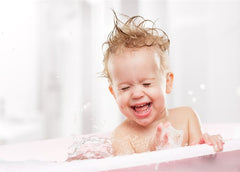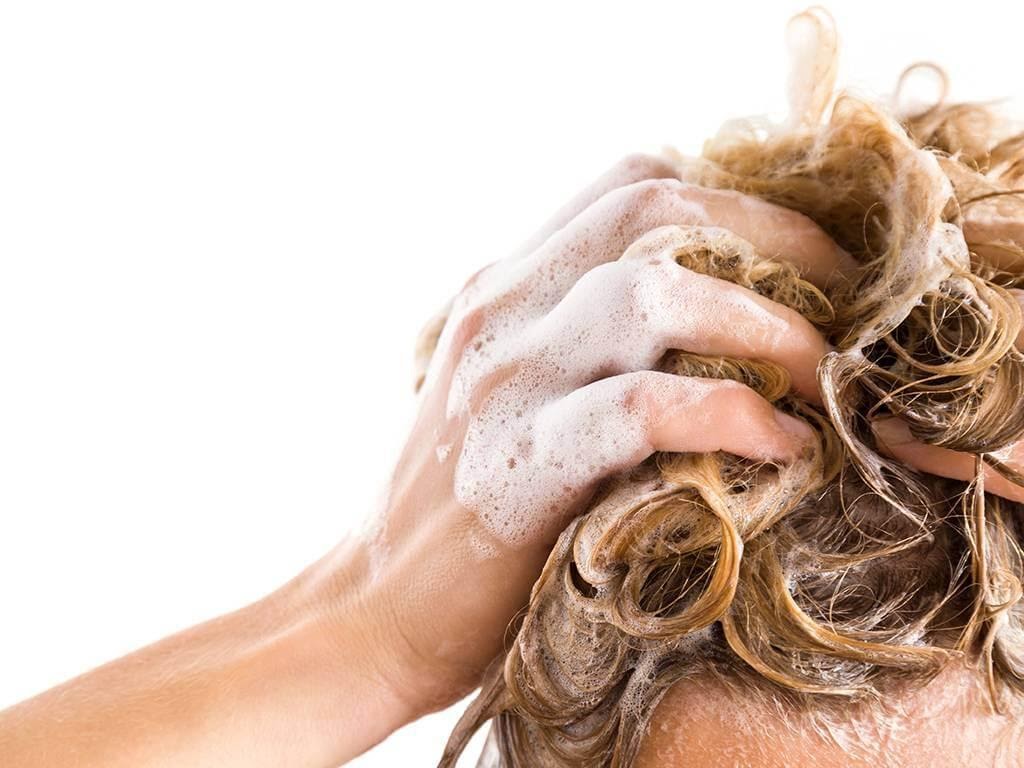In the shampoo and soap world, there is a lot of talk about pH. But most commonly bars and liquids are referred to as being pH balanced. And what exactly does this mean?
To be pH neutral a product must be sitting smack bang the middle of the pH scale which is approximately 7. It means simply that the product is not too alkaline or not too acidic. Water sits at 7 with milk as a 6 and egg as an 8.

More and more we’re seeing products being marketed as pH balanced and this supposed to be a good thing right? Well, that depends.
Shampoo bars that have a low pH are chemically made - they can have a lower pH because chemically they are able to be adjusted to sit on the pH scale. In short, a syndet/chemically formulated shampoo bar can be made as the manufacturer requires, as it just takes a little more acid or a little more alkaline to move the needle. These bars are referred to as syndet shampoo bars, and this world is derived from the worlds ‘synthetic’ and ‘detergent’. Syndet bars contain sulphates like SLS (Sodium Lauryl Sulphate), or even the plant-derived versions like Sodium Cocoyl Isethionate. They are designed to strip/clean your hair of its natural sebum and will require a conditioner to restore moisture to your strands. If you’re interested in learning more about syndet bars check out this article.
Baby shampoos are also marketed by the words ‘no tears’ and are pH balanced, as they “are non-irritating to the eyes and designed as mild cleansing agents, as babies produce limited sebum. These shampoos use detergents from the amphoteric group, such as the betaines. The detergent actually acts as an anesthetic and numbs the eye tissues to prevent stinging. Thus, eye damage can still occur if the baby shampoo is accidentally introduced into the eye, but the injury is not painful unless the anesthetic effect of the shampoo is no longer present.”(1)
It’s scary to think that just because they don’t hurt your child, doesn’t mean they’re not harming your child. It was this in combination to the list of nasties contained in liquid shampoos like hormone disruptors and skin irritants, that led us to create Solibar.

Contrastingly natural shampoo bars have a higher pH, they generally sit anywhere between 8-10 on the pH scale. They’re quite higher than the marketed ‘pH balanced’ shampoo bars that can sit between 5-6. Natural shampoo bars are higher because technically they are a natural soap. Natural soaps are made from combining an alkaline ingredient such as lye with triglycerides (fats and oils). The process is called saponification and when done correctly, the lye is entirely used up in the process. We’ve written about how we do it here.
So the question remains, which one is better?
A low pH syndet bar or higher pH natural shampoo bar? Ultimately this is up for you to decide. We created a natural shampoo bar because we were sick of the nasty ingredients in liquid shampoo or syndet shampoo bars. We wanted a better option for ourselves and our families.
So we created a natural shampoo bar that helps your hair to return to its natural state by avoiding the use of sulphates or skin irritants, instead, we use natural oils to gently wash and nourish your hair. It’s also the reason why many of our customers have given up conditioner too. (See how here). But don’t just take our word for it, check out our Facebook reviews.
References:
-
Essentials of Hair Care often Neglected: Hair Cleansing https://www.ncbi.nlm.nih.gov/pmc/articles/PMC3002407/
-
History of shampoo / how Solibars work - https://solibar.co/blogs/news/ive-got-a-solibar-shampoo-bar-do-i-need-a-conditioner

